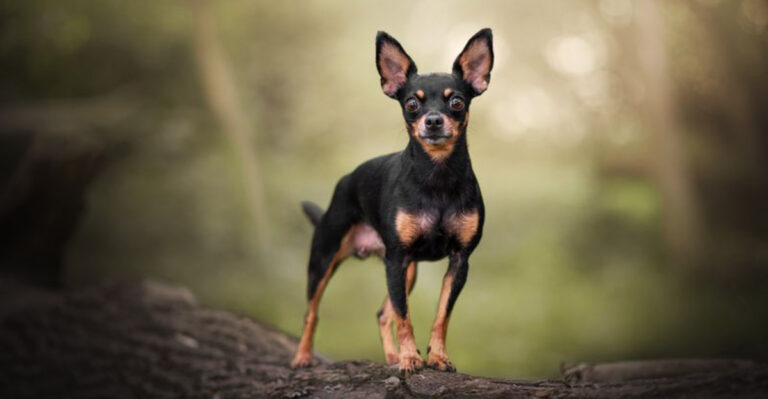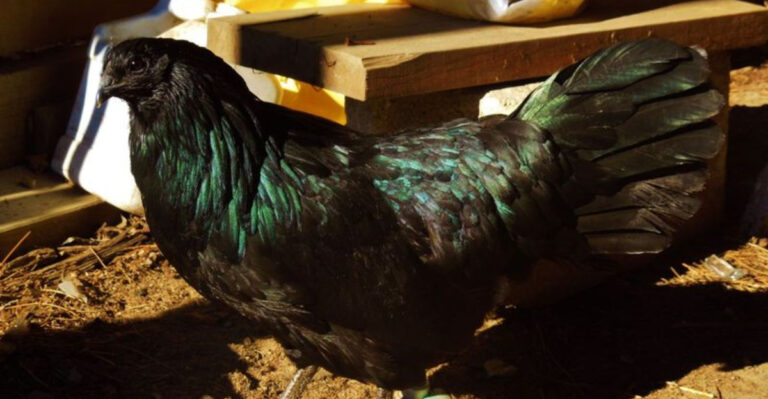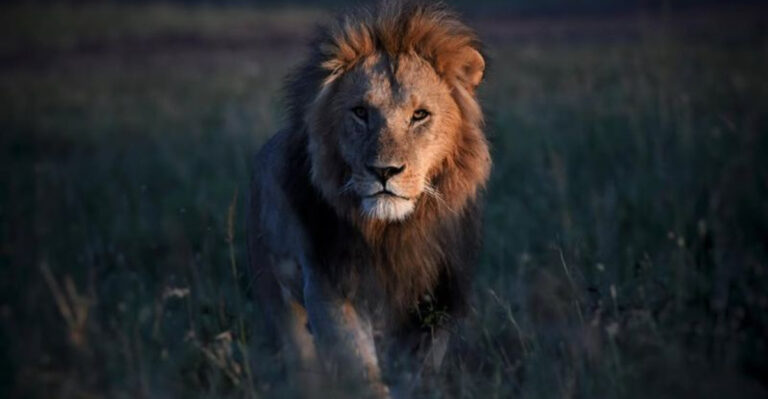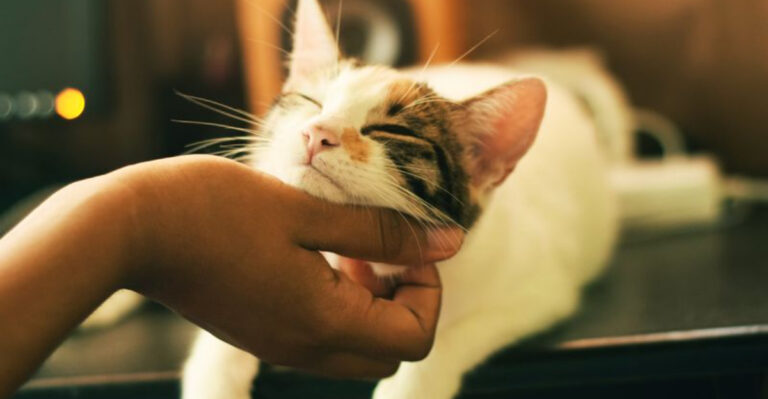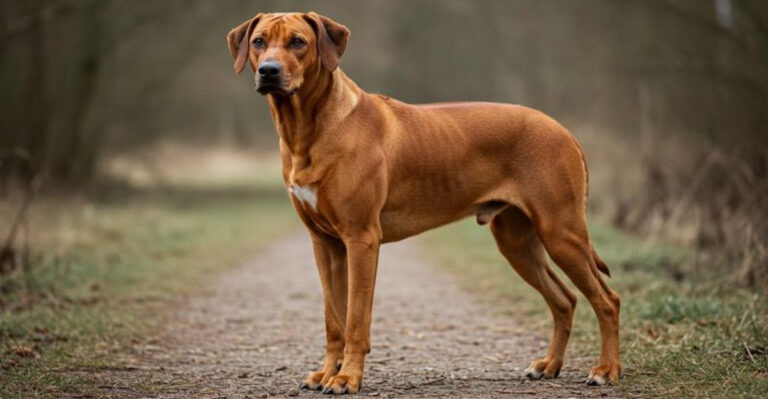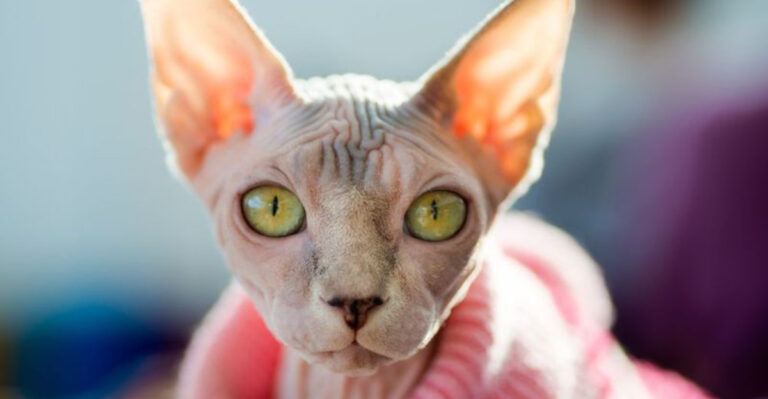12 Dog Breeds That Struggle With Being Alone (And 3 That Love Their Independence)
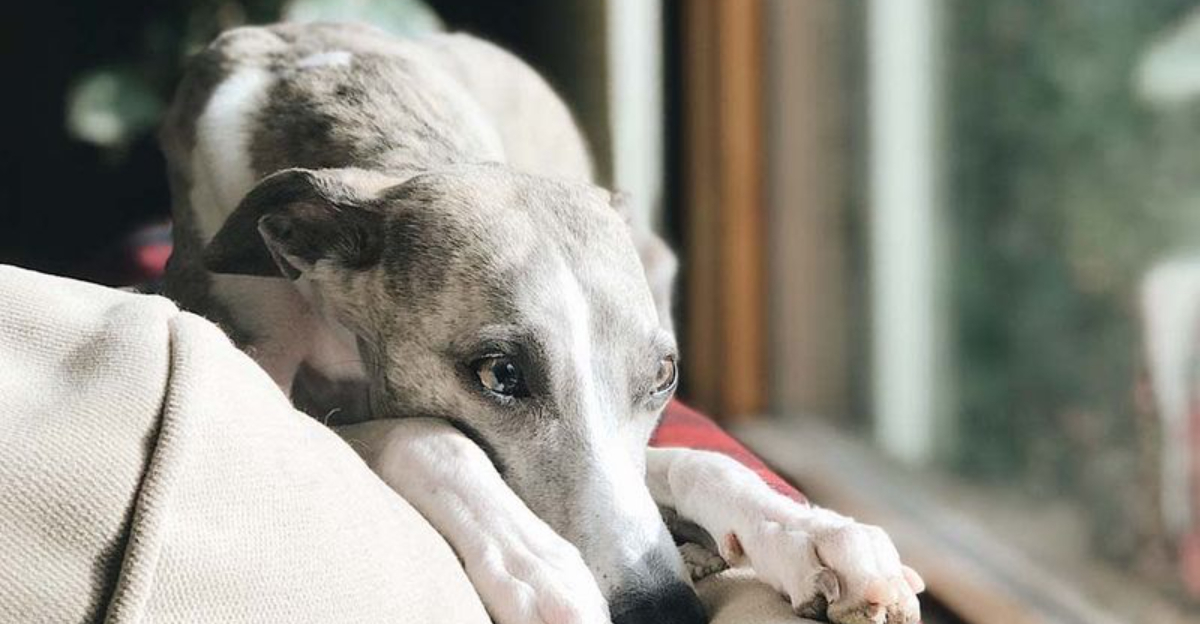
Ever noticed how some dogs turn into furry shadows, following your every move, while others seem perfectly content doing their own thing?
Not all pups are created equal when it comes to alone time. Some breeds experience genuine distress when separated from their humans, while others practically celebrate their solo adventures. Understanding these breed tendencies can help you find the perfect four-legged match for your lifestyle.
1. Vizslas

Nicknamed “velcro dogs” for good reason! Vizslas form such intense bonds with their humans that separation feels like torture to these sensitive souls.
When left alone, they often experience severe anxiety, leading to destructive behaviors and mournful howling. Their Hungarian heritage as close-working hunting companions means they’re hardwired for constant human connection.
2. Border Collies

Without a job to do and someone to please, these brilliant herders quickly spiral into boredom-induced destruction. Those famous problem-solving brains need constant stimulation.
Left to their own devices, Border Collies might reorganize your living room furniture – by chewing it to pieces. Their workaholic nature means alone time feels particularly punishing to these active, people-oriented dogs.
3. German Shepherds
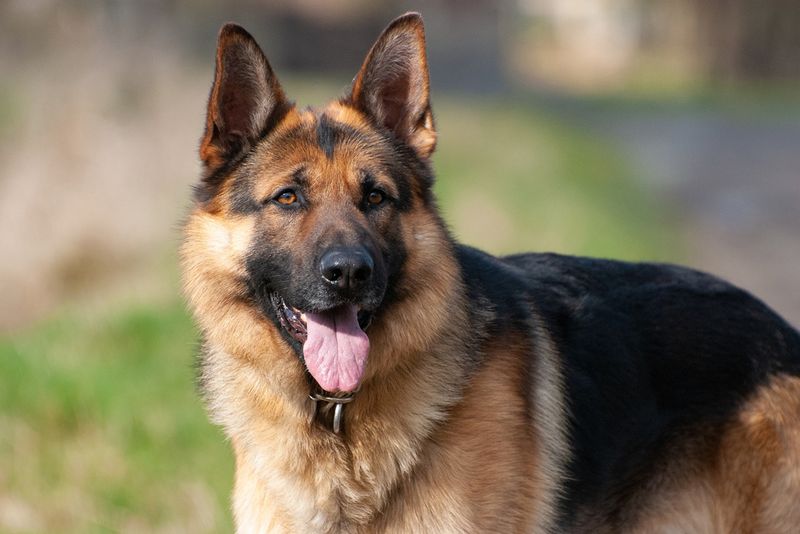
Loyalty runs bone-deep in these protective guardians, making separation particularly challenging. German Shepherds view their humans as their pack, and pack animals aren’t meant to be solitary.
Their strong bonding instinct can transform into restlessness, pacing, and excessive barking when left alone. Though intelligent and trainable, their attachment issues require patient, consistent management techniques.
4. Bichon Frise
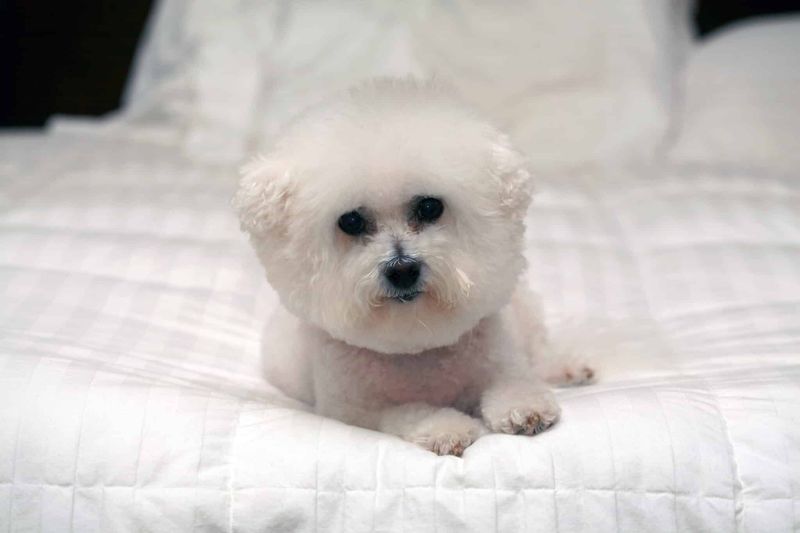
Centuries of breeding specifically for human companionship have created a dog that simply falls apart without people nearby. These fluffy white charmers exist purely to be with you.
Bichons often develop severe separation anxiety, expressing their distress through persistent barking or destructive chewing. Their entire evolutionary purpose centers around human interaction, making alone time particularly difficult for these sweet-natured puffs.
5. Italian Greyhounds
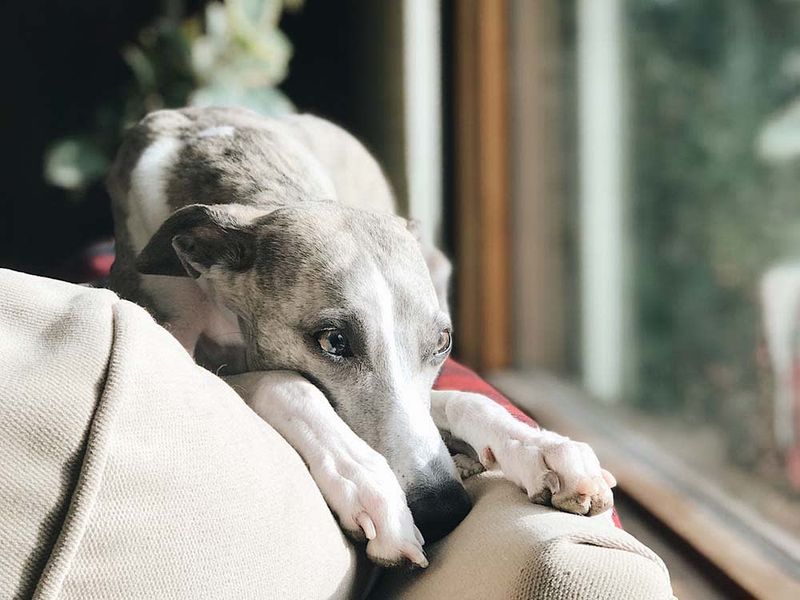
Beneath those elegant exteriors beat extraordinarily sensitive hearts. These miniature sighthounds experience emotional distress that’s far out of proportion to their tiny size when left solo.
Many Italian Greyhounds develop such severe attachment issues that crate training becomes nearly impossible. Their thin skin isn’t just physical – these delicate dogs have emotional fragility that makes separation particularly traumatic.
6. Labrador Retrievers
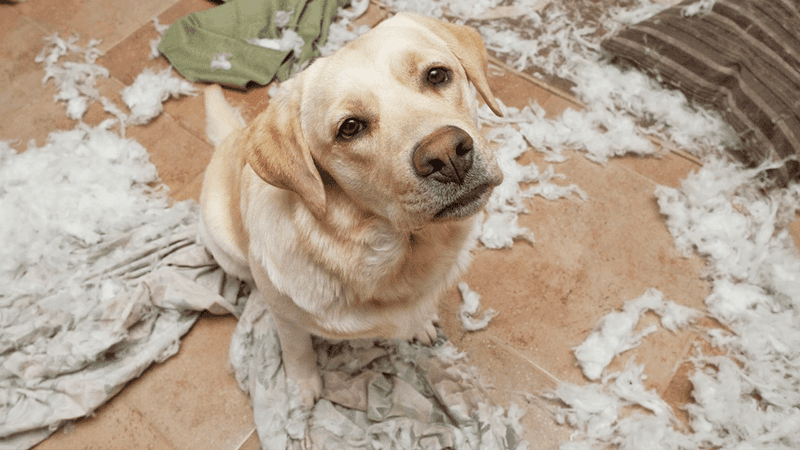
America’s favorite breed earned its popularity through boundless friendliness – which becomes problematic when there’s nobody around to receive all that affection. Labs live for interaction.
When bored and lonely, these otherwise well-behaved dogs might express their frustration by redecorating your home via destruction. Their social nature makes isolation particularly difficult, turning these happy-go-lucky pups into anxious chewers.
7. Cavalier King Charles Spaniels

Royal lap dogs for centuries, Cavaliers simply weren’t designed for independent living. Their genetic programming screams for constant human contact.
These gentle souls often experience genuine panic when separated from their people. With those soulful eyes and velvet ears comes a deep emotional dependence that makes alone time genuinely distressing for these aristocratic little companions.
8. Australian Shepherds

Ranching partners with boundless energy and intelligence, Aussies quickly turn destructive without adequate mental stimulation. Boredom is their ultimate enemy.
Their problem-solving abilities mean they’ll find creative ways to express their loneliness – often by disassembling your belongings. These working dogs need jobs and companionship; solitude feels unnatural and distressing to their highly social natures.
9. Cocker Spaniels

Famous for those soulful eyes that seem to read your every emotion, Cockers form deep attachments that make separation genuinely painful. Their eager-to-please nature becomes their downfall when alone.
Many develop anxiety behaviors like excessive barking or inappropriate elimination when left by themselves. Their sweet temperaments come with emotional sensitivity that makes isolation particularly challenging for these floppy-eared favorites.
10. Miniature Schnauzers
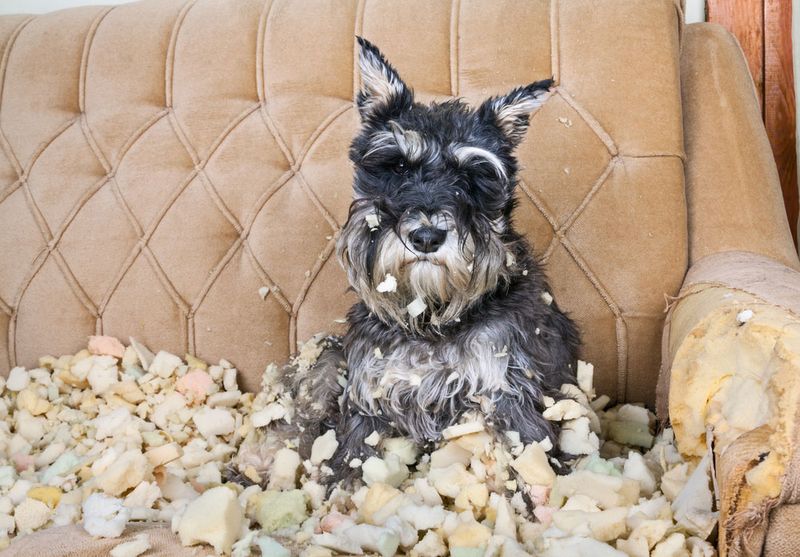
Feisty and full of personality, these bearded little characters become surprisingly dependent on their humans. Their terrier heritage gives them plenty of energy with nowhere to direct it when alone.
Schnauzers frequently resort to barking marathons or destructive digging when separated from their people. Despite their tough-looking eyebrows and beard, they’re emotionally vulnerable dogs who struggle with isolation.
11. Poodles
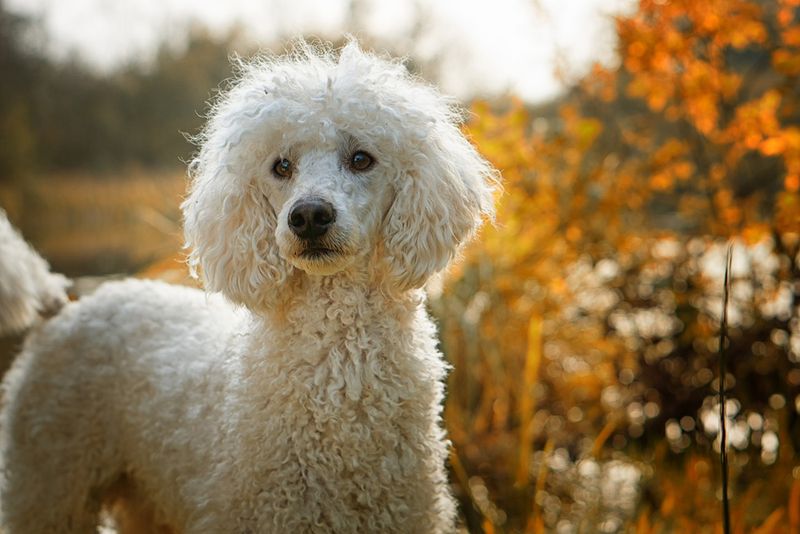
Extraordinary intelligence makes standard, miniature, and toy poodles particularly susceptible to separation issues. Their active minds need constant engagement to prevent anxiety.
When bored and lonely, these curly-coated geniuses might resort to creative destruction or excessive vocalization. Their people-oriented personalities combined with problem-solving abilities create dogs who need companionship almost as much as they need oxygen.
12. Maltese
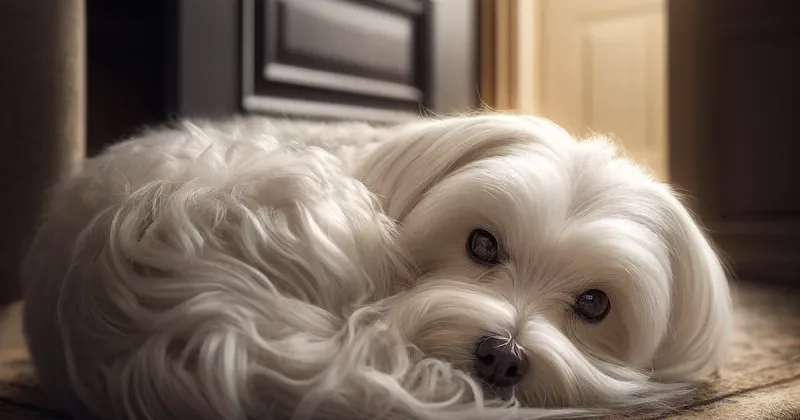
Ancient companions to Mediterranean nobility, Maltese were specifically developed to be living, breathing lap warmers. Solitude contradicts their entire purpose for existing.
These silky white shadows often develop extreme clinginess and distress behaviors when left alone. Their historical role as constant companions means modern Maltese still carry that genetic expectation of perpetual human presence.
13. Basset Hounds
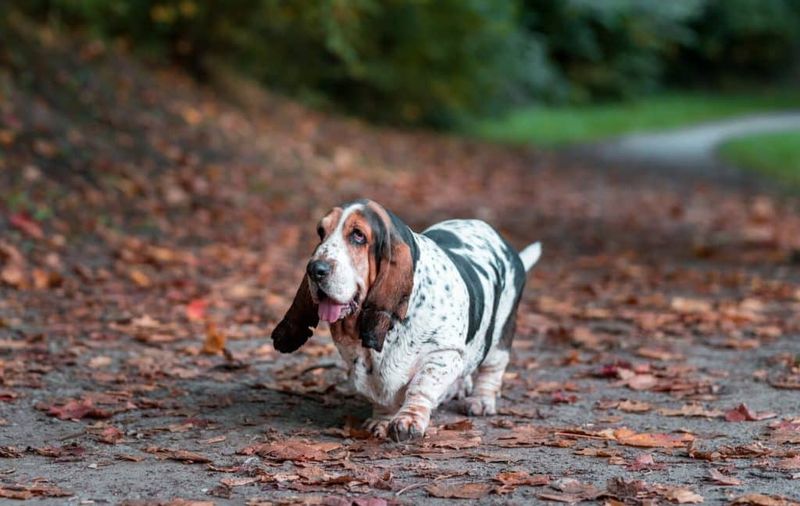
Unlike many breeds, these droopy-eared scent hunters possess a refreshing self-sufficiency. Originally bred to work at a distance from humans, Bassets developed natural independence.
Their laid-back personalities make them perfectly content to snooze alone while you’re away. Don’t mistake their laziness for loneliness – these dogs appreciate good alone time for uninterrupted napping between scent-tracking adventures.
14. Shibas
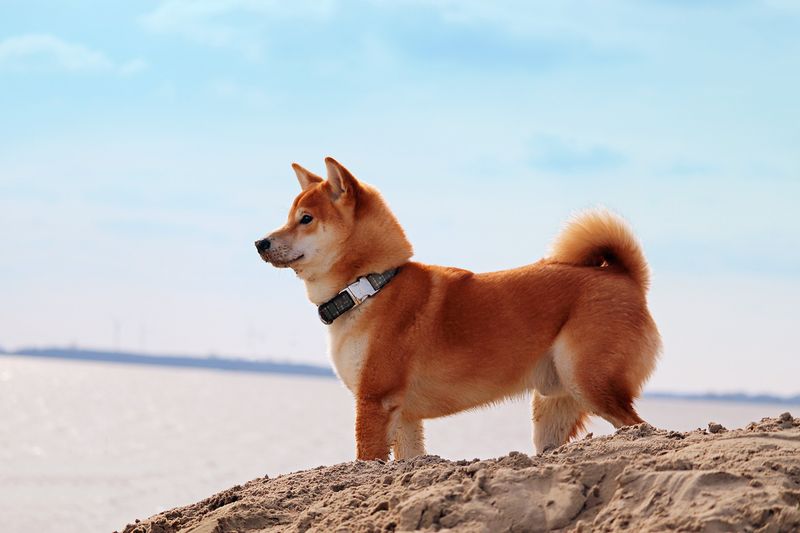
Famously aloof, these ancient Japanese dogs approach relationships with distinctly feline attitudes. Shibas appreciate human company on their own terms – which often means admiring you from across the room.
Their independent nature makes them ideal for busy households where alone time is inevitable. Unlike needier breeds, Shibas maintain healthy boundaries and emotional self-regulation, happily entertaining themselves during your absence.
15. Chow Chows
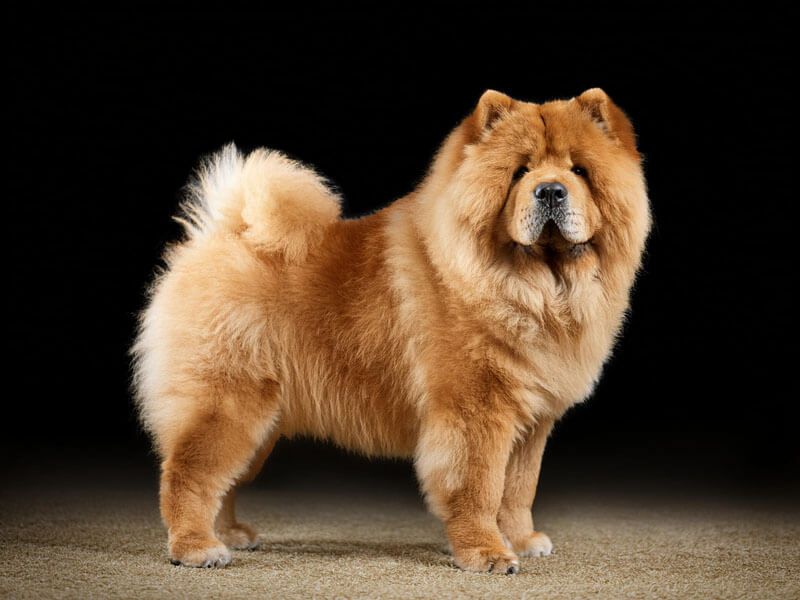
Behind those fluffy lion-like manes lie the souls of dignified introverts. Chow Chows approach relationships with aristocratic reserve, preferring quality interaction over quantity.
Their cat-like independence makes them surprisingly well-suited to homes where alone time is necessary. These ancient Chinese breeds maintain emotional self-sufficiency that’s rare in the canine world, happily occupying themselves without human entertainment committees.

